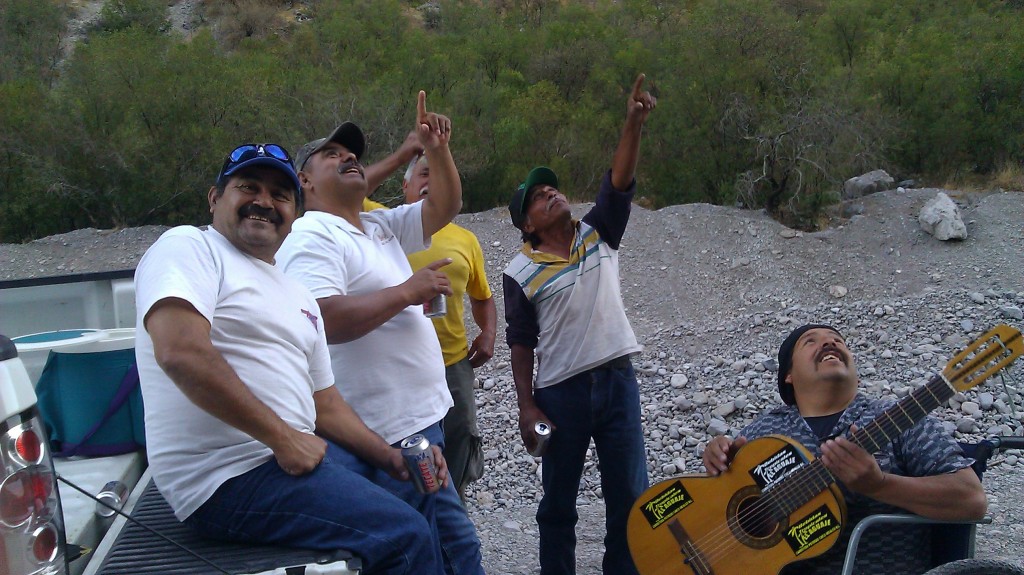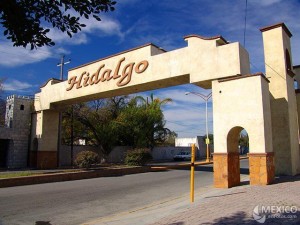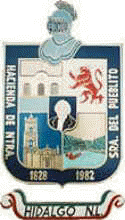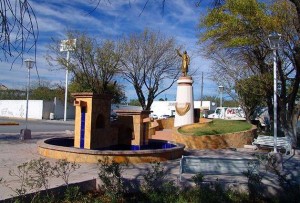About Hidalgo
Hidalgo is a traditional Mexican town of 25,000 people one hour north of Monterrey. Potrero Chico is located on a hill directly behind Hidalgo – about a 25 minute walk. Hidalgo moves at a slower pace and is less modernized than most foreigners are used to. The people are friendly and accustomed to Potrero climbers in their town, claiming one of their main economic activities ecotourism. When visiting use common sense and respect their culture, music and ways of life.
History
In 1611 Don Bernabé de las Casas was the first recorded Spaniard to have lived in what is today Hidalgo. He purchased a large piece of land for mining gold and named it Haciendo de en Medio (something like Huge Middle Ranch). However, the land was soon known for the next 200 years as “El Pueblito” (the little pueblo) in honor of the patron saint “Our Lady of Pueblito.”
In 1828 the Mexican government officially registered El Pueblito as the town San Nicolás Hidalgo. In 1922 the town changed their name to simply Hidalgo in honor of the recent war hero and priest Don Miguel Hidalgo y Costilla.
The shield defense seen on the left is the official emblem of the municipality and provides interesting insight into Hidalgo’s history.
- In the center of the emblem is Miguel Hidalgo – “father of Mexico” and General of the Mexican Army during the 1810 Mexican War of Independence from Spain.
- The top left section of the emblem represents the founding of the town council.
- The top right section is the symbol of Nuevo Leon – an uncontrollable red lion on top a field of silver and gold.
- The bottom left is the church of the city’s patron saint “Our Lady of Pueblito.”
- The bottom right section represents the original cement plant built in Hidalgo in 1903. Behind the cement plant is pictured the foothills of “Cerro de San Miguel” where the first raw cement materials where mined.
- The two dates at the bottom of the shield represent the first foundation of the town in 1611 and the decree that made the Hidalgo official in 1828.
- Finally, the words around the shield “Hacienda de Nuestra Señora del Pueblito” is the orignal name of the land for hundreds of years until 1828

A common sight: Hidalgo dudes relaxing with their beer in the canyon while watching the silly gringos.
Hidalgo Today
Today Hidalgo remains a small, traditional municipality where horses are still seen in the streets and the construction of a building is often never “finished”. However, with the close proximity of both Monterrey and Texas, and the seasonal influx of Potrero Chico climbers, Hidalgo is more progressive and forward thinking than many towns its size in Mexico. The locals are very friendly or at least accepting of foreigners and enjoy seeing bits of the world outside their town. There is very little interest from the local Hidalgo residents in climbing in Potrero Chico canyon, but the canyon is still very popular with the locals most of the year for its relative coolness and its plethora of leisure pools. Many locals enjoy spending the late afternoon/evenings in the canyon watching the gringos climb while drinking beers and listening to traditional Mexican music. They are friendly and often wave to climbers high on the walls.
Quick Facts
- Hidalgo is a city in the state of Nuevo León
- The CEMEX in Hidalgo was the first cement plant in Mexico and all of Latin America primarily due to its limestone mountains
- The CEMEX plant is no longer Hidalgo’s main industry due to automation
- The size of Hidalgo is 208 sq km (51,400 acres)
- Hidalgo’s altitude is 549 meters (1,801 feet)
- 85% of Hidalgo roads are paved
- Catholisim is the by far dominant religion
- The native language of Hidalgo is Nahuatl – of which about 20 inhabitants speak
Holidays
- May 5th – Patriotic Holiday
- Novemeber 20th – Patriotic Holiday
- December 8th – “Nuestra Señora del Pueblito” Religious Holiday
- December 12th – “Virgen de Guadalupe” Religious Holiday



